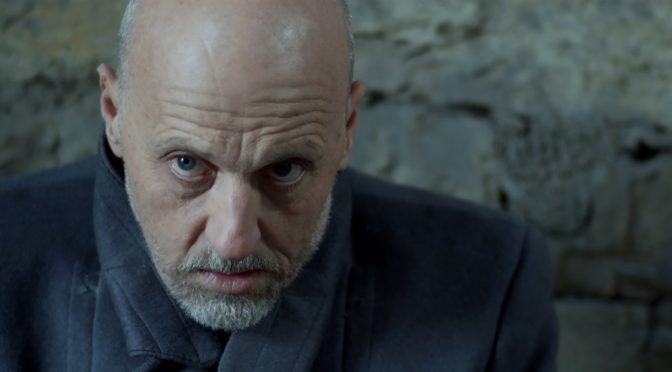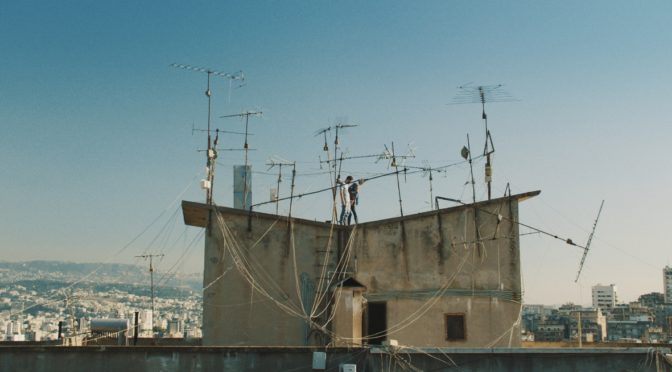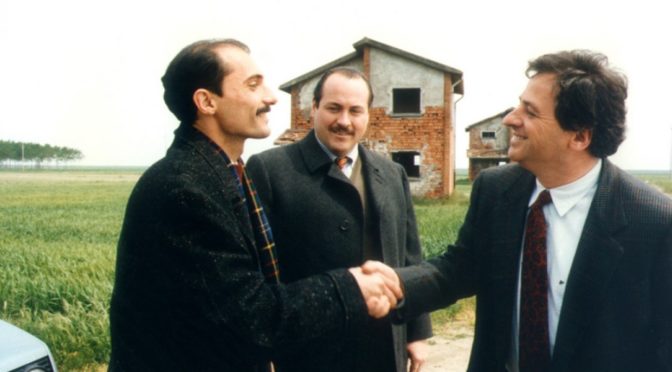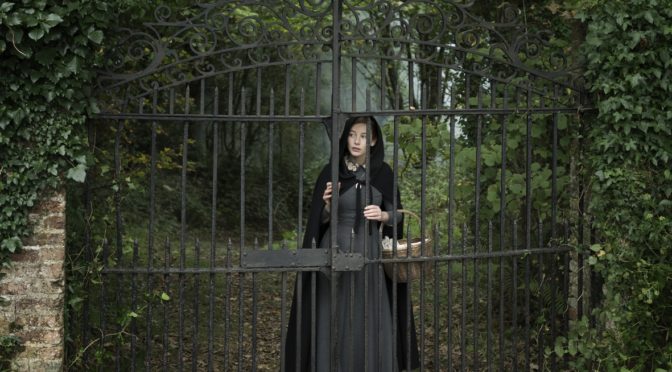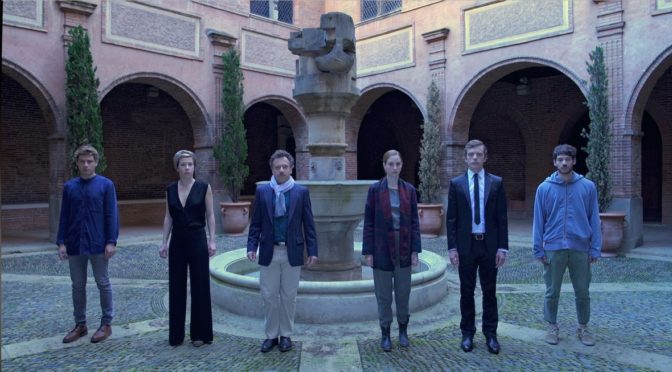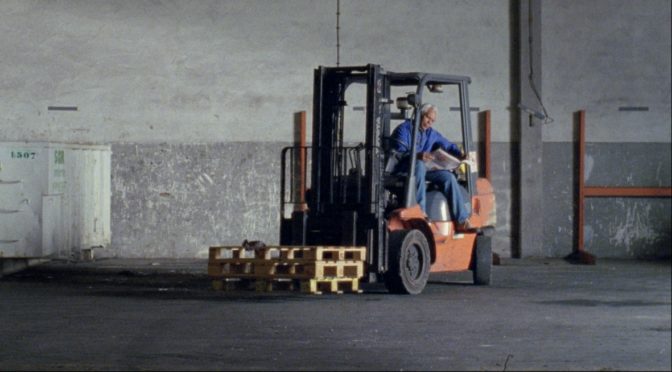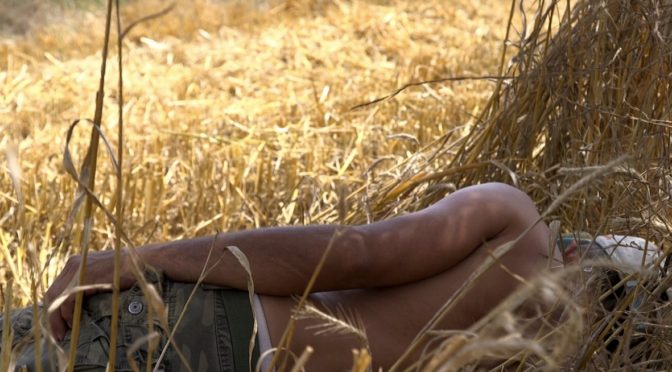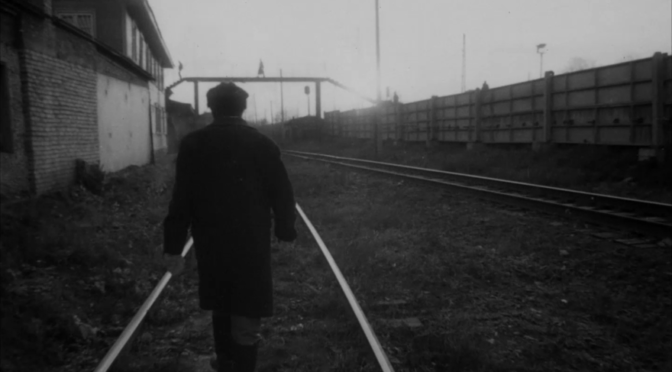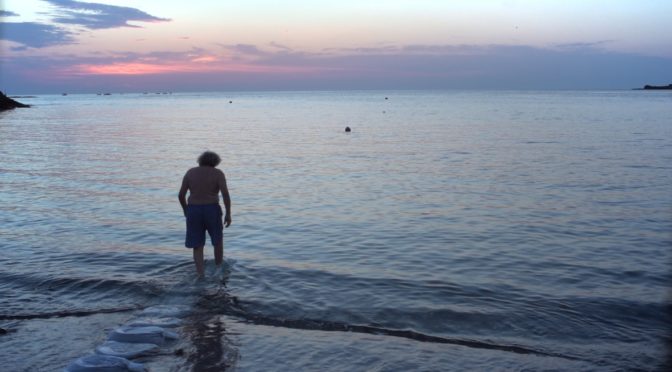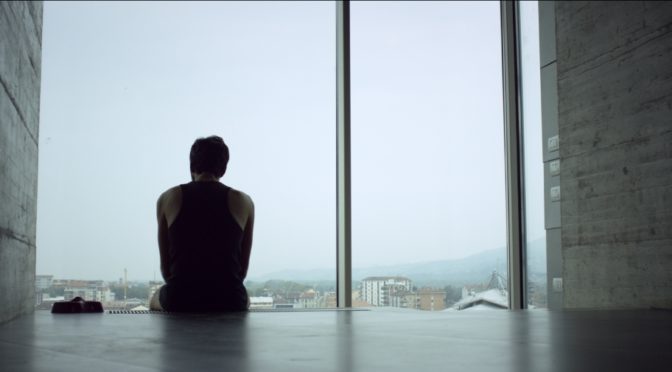Versione inglese a cura del Master in Traduzione per il Cinema, la Televisione e l’Editoria Multimediale
Article by: Maria Cagnazzo
Translation by: Cristina Di Bona
Nowadays, most of people communicate through digital media, which compulsively transmit information and show every kind of situation. Sensationalism is more heterogeneous: news is no longer represented by an important event concerning society and even a daily situation can have a relevant social role. The Belgian collective Leo Gabin has made a social experiment with No panic baby, editing web videos. This film puts together different moments, creating a collage to describe a new human being. Between the various videos, the story of the road trip of two young people is told.



